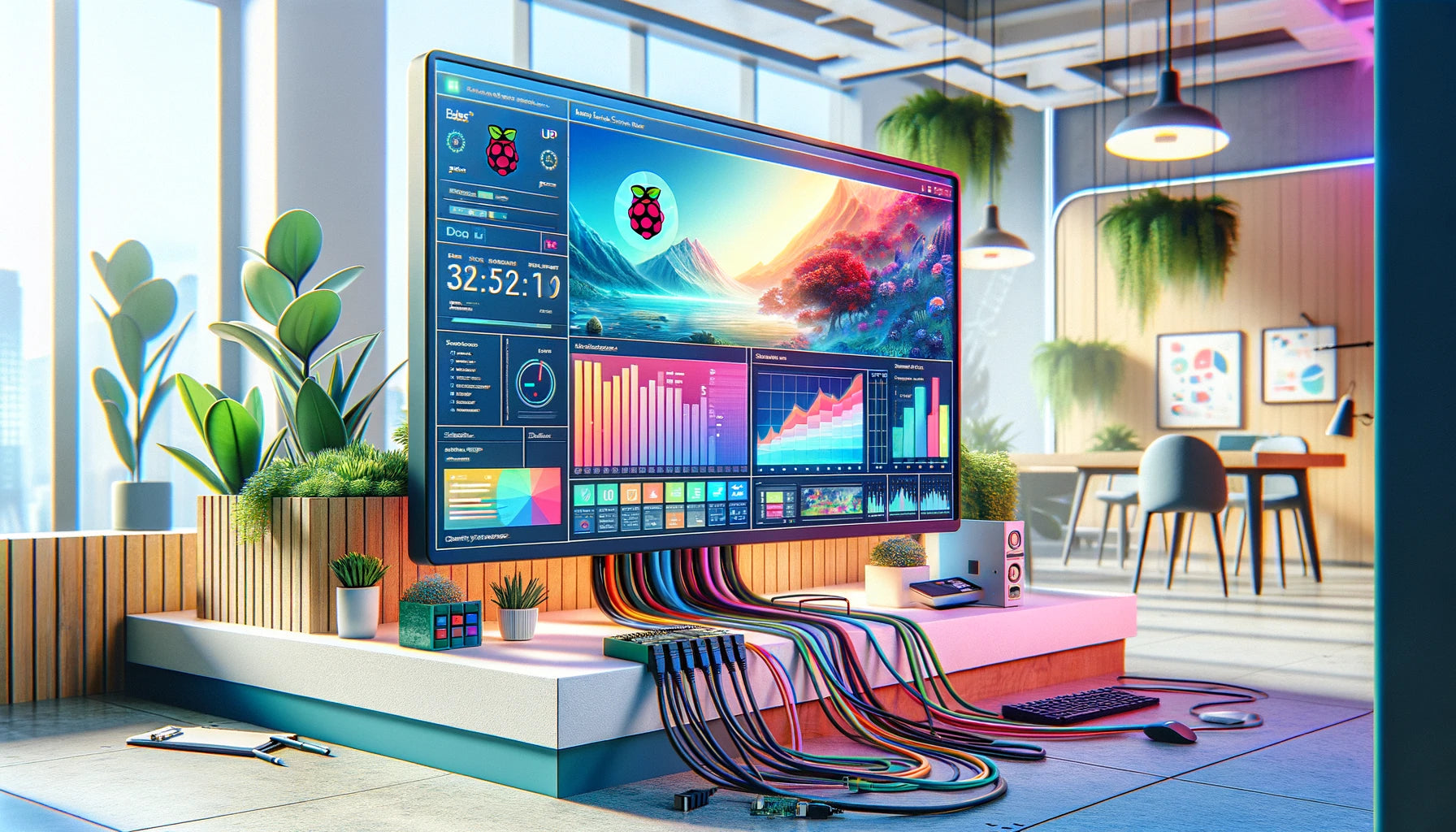Menu
Logo

Setting up Google Chrome to boot in full-screen kiosk mode on a Raspberry Pi can be a great way to display a web-based interface or dashboard automatically upon startup. Here’s a step-by-step guide to achieving this:
Install Chromium Browser: If you haven't already installed Chromium (the open-source version of Chrome) on your Raspberry Pi, you can do so by running:
sudo apt update
sudo apt install chromium-browser
Edit Autostart Configuration: You’ll need to edit the autostart configuration file to launch Chromium in kiosk mode whenever the Raspberry Pi starts up.
Open the autostart file with a text editor. For Raspberry Pi OS with desktop environment, you can use:
nano ~/.config/lxsession/LXDE-pi/autostart
Or for newer versions (using LXDE):
nano /etc/xdg/lxsession/LXDE-pi/autostart
Add the following lines at the end of the file to open Chromium in kiosk mode. Replace http://your-url-here.com with the URL you want to display:
@xset s off
@xset -dpms
@xset s noblank
@chromium-browser --noerrdialogs --disable-infobars --kiosk http://your-url-here.com
Here, the xset commands prevent the screen from going to sleep or displaying the screensaver.
Disable Screen Sleep: To ensure the screen doesn’t go to sleep, you might also need to disable screen blanking in the LightDM configuration:
sudo nano /etc/lightdm/lightdm.conf
[SeatDefaults] or [Seat:*] section:
xserver-command=X -s 0 dpms
Reboot Your Raspberry Pi: After making these changes, reboot your Raspberry Pi to see if everything starts up as expected:
sudo reboot
Troubleshooting:
raspi-config.This setup should automatically launch Chromium in kiosk mode displaying your chosen URL in full-screen mode each time your Raspberry Pi boots up. This configuration is especially useful for digital signage, information displays, or any application where you want a browser-based GUI to be accessible immediately on startup.
Sign up for our newsletter and be the first to know about coupons and special promotions.
All prices are in AUD and include GST. © 2024 Little Bird Electronics Pty Ltd. ABN: 15 634 521 449.